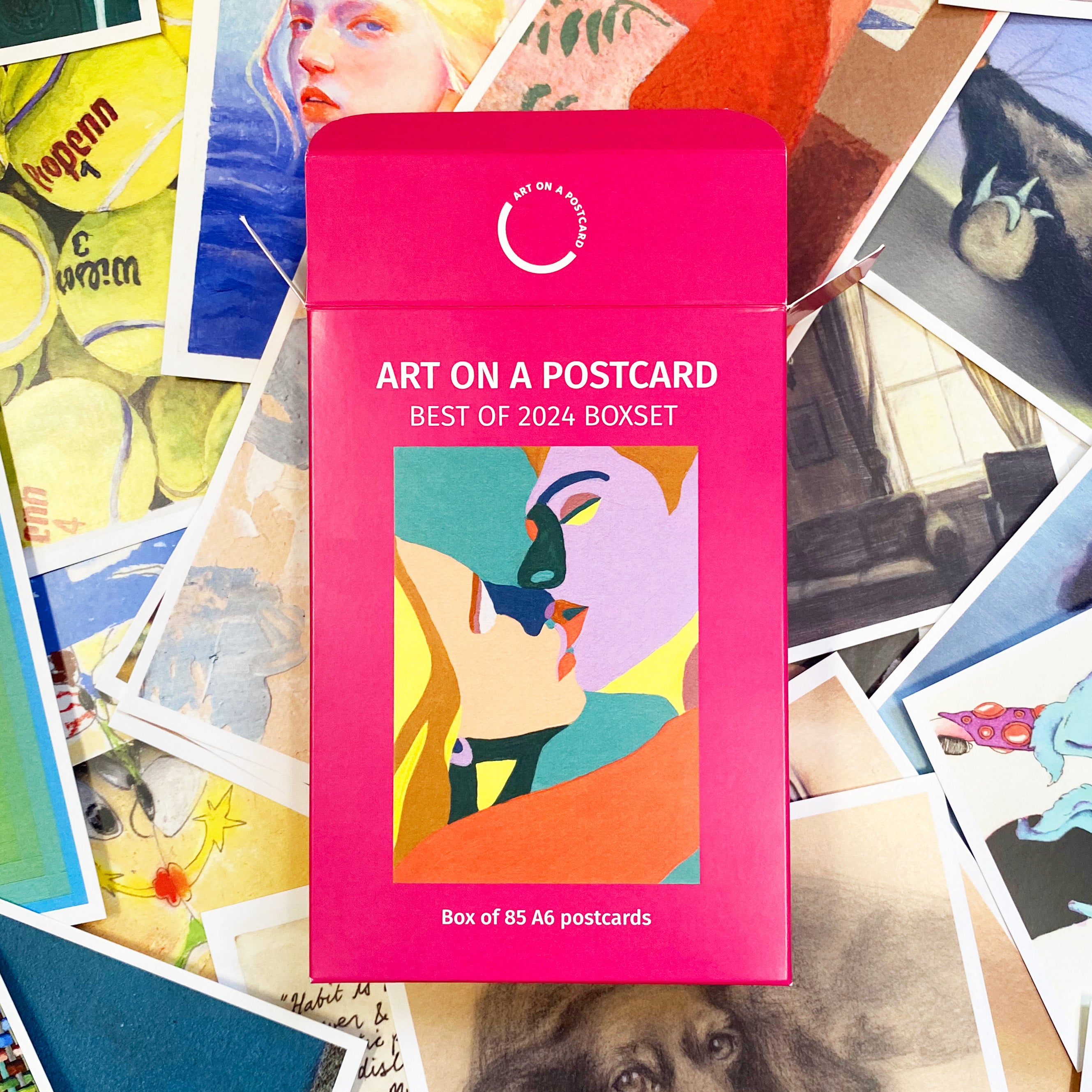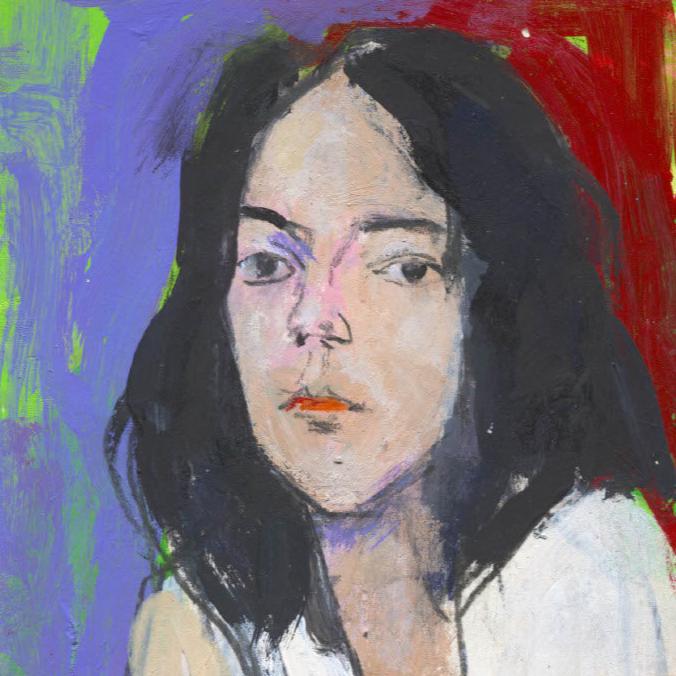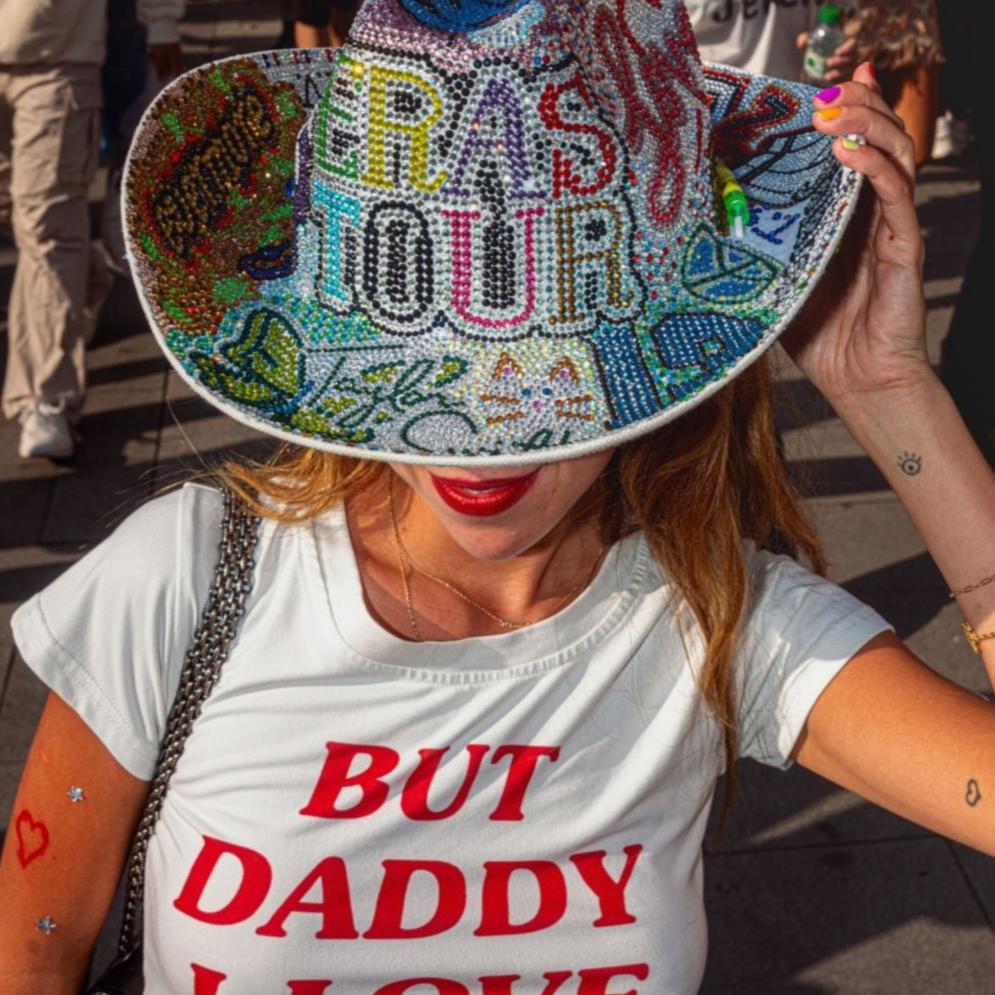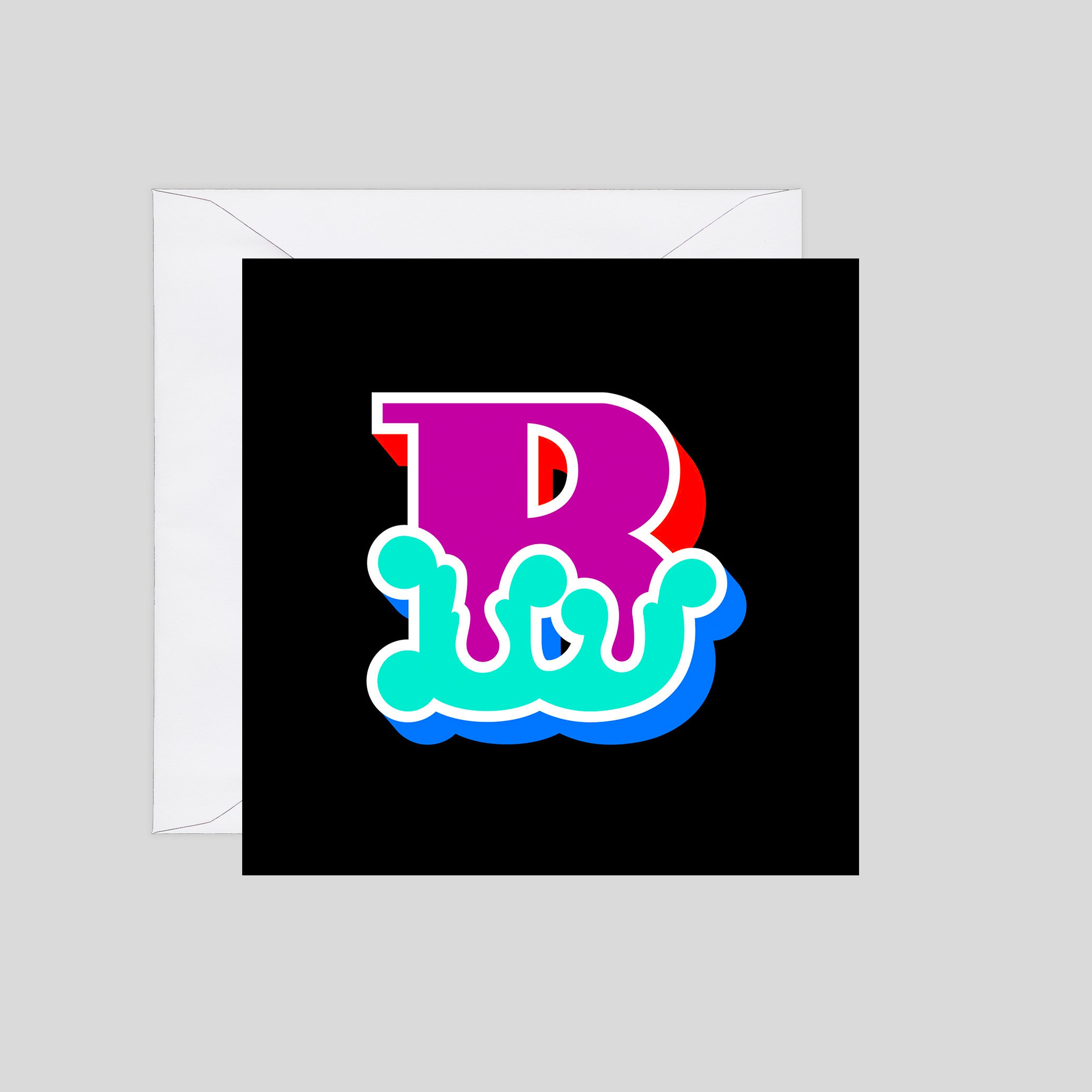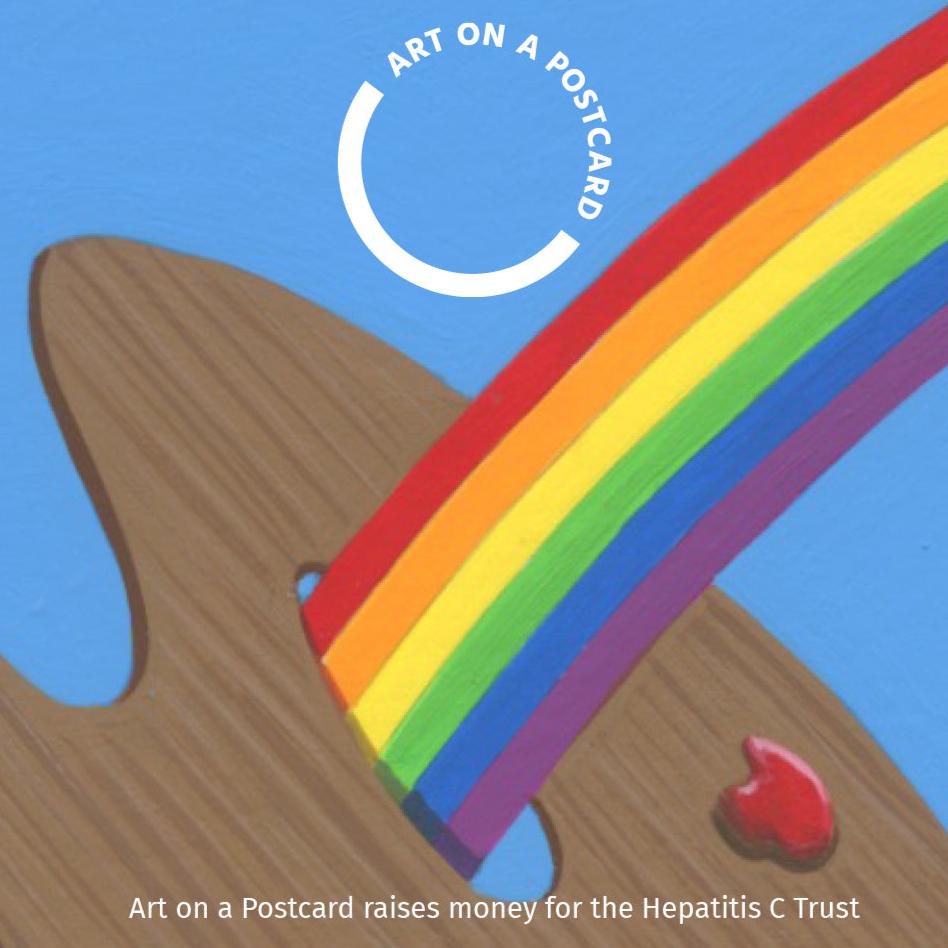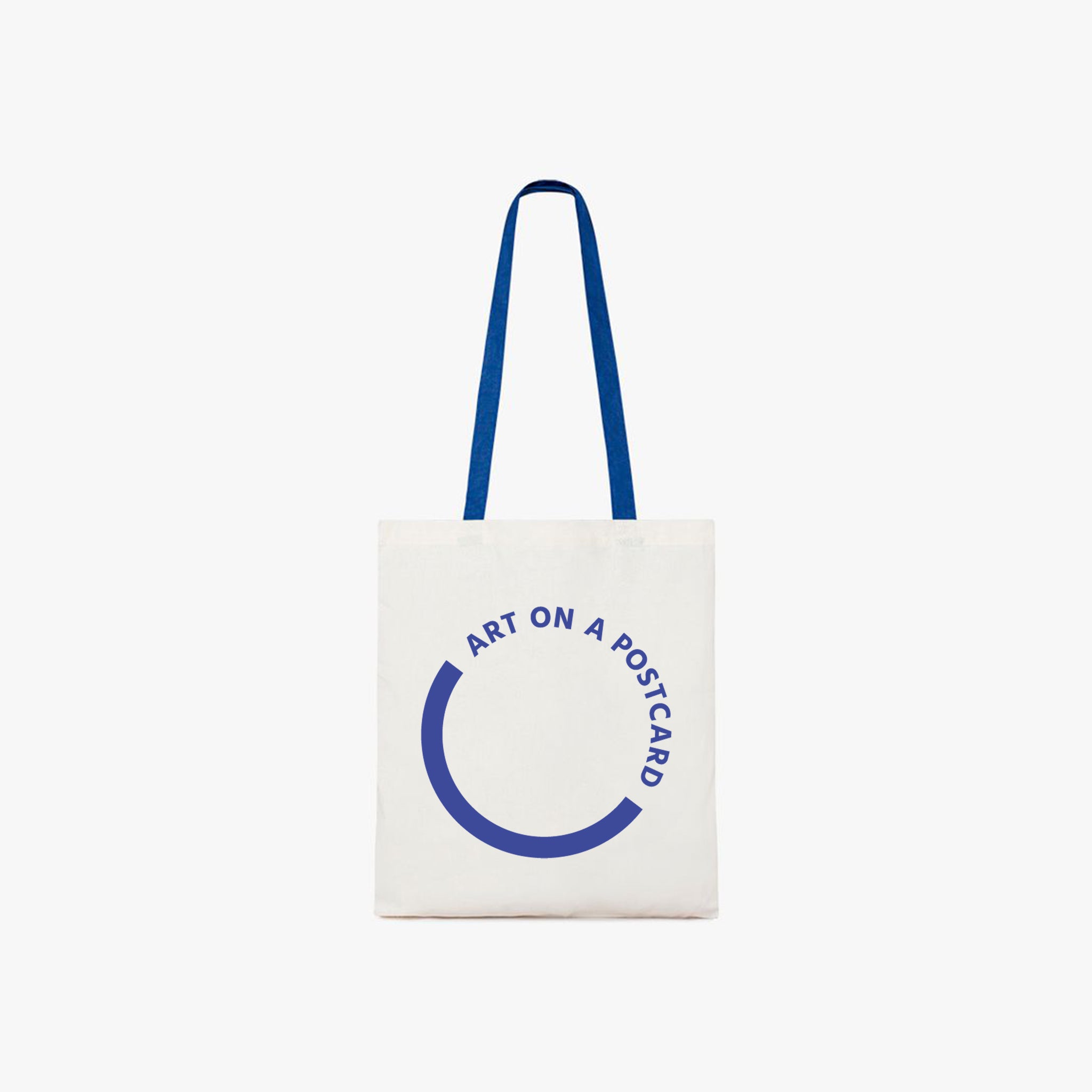Alice Amati is a gallerist and curator based in London. She opened her eponymous gallery in June 2023 working with local and international emerging artists and the same year she co-founded Apollo Painting School, a not-for-profit alternative learning programme for painters in the UK. Alice has extensive experience in the management of art galleries and curatorial practices within the commercial sector, previously holding positions at leading British and international galleries such as David Zwirner and Workplace, where she planned and delivered numerous exhibitions, talks, performances and art fair's booths. Having worked and studied in various countries, including The Netherlands and Hungary, Alice is particularly interested in encouraging transnational dialogues and supporting the career development of artists with diverse backgrounds. She has lectured at Teesside University on the MA Curating and at De Montfort University. She often collaborates with non-profit institutions on their fundraising efforts, notably, having served on the Camden Arts Centre's Fundraising Gala Committee for two years, and on the 75th Anniversary Committee for New Contemporaries, of which she is also a Trustee.
Why did you want to guest curate for Art on a Postcard?
I was delighted to accept Art on a Postcard invitation to guest curate one of their fundraising collection of postcards as I truly admire their charitable mission and their unique way to bring together art, accessibility, and philanthropy. I was drawn to the opportunity not only to champion artists I believe in but also to contribute meaningfully to a cause that is making a real difference. Having been involved in many fundraising through art sales, I believe the format of AOP is really successful in achieve its goal without putting a strain on the artists who donate their works but instead opening the opportunity to test ideas in a new way and creating visibility for them in return.
Art on a Postcard plays a key role in raising funds and awareness for The Hepatitis C Trust. What makes you want to help fundraise for the charity?
The Hepatitis C Trust’s work is both urgent and underrepresented. Despite being a curable disease, hepatitis C still affects so many people, particularly in marginalized communities. Fundraising for the Trust through art allows us to help dismantle stigma and promote access to life-saving treatment in a way that is creative, inclusive, and hopeful.
What were the key things you were looking for when selecting your artists for this auction?
I chose to invite artists whose practice I have been following for a long time, and others with whom I have a close relationship and I knew would take this invitation as an opportunity to create something that is generally outside the scope of their studio practice. I also wanted to maintaining a diversity within the group which reflect my general curatorial interest by bringing artists from different countries and nationalities as well as more established names alongside rising talent.
Do you think it is a challenge for artists taking part to work on such a small medium?
I can be, but I find that most artist working on 2D media would have at some point in their career, or either started their practice, by drawing or doodling in a sketchbook. Working on the scale of a postcard requires clarity and economy in expression and it is a return to a beginning phase. I believe many artists will find the experience refreshing, to step away from their usual way of working, and reimagine their practice in miniature and on paper.
What do you hope people take away from the Summer Auction?
I hope people walk away feeling excited and engaged—whether that’s because they have discover a new artist, have supported a vital cause, or have acquired a piece that they love.
Do you think this auction format supports/impacts emerging artists?
Very much so. It offers emerging artists visibility among collectors and curators they might not otherwise reach as well giving them the chance to test out new ideas without pressure.
What advice would you give to someone buying their first piece of art?
Trust your instincts but do your research. Start by choosing something that resonates with you — and then ask questions, study about the artist, speak with the gallery that represent them. Be curious and see as much art as you can, in person if possible, to form your own judgement and taste.
How does a small-scale format like this appeal to new collectors?
It makes collecting feel approachable. The scale and medium means that the price point is accessible for most as well as not being a huge commitment to install and care for the artwork once it has been acquired. It’s an invitation to engage, explore, and collect art without needing a gallery-sized wall or budget.
Do you think there is a shift in how people are choosing to build their collections?
Collections are very personal things, and a reflection of each individual behind them. It is difficult to say if overall there has been a shift, but certainly more and more people are looking for ethical and sustainable ways to collect. There is a growing interested in younger collectors of supporting artists of their generation, in learning about the stories behind the work, and in collecting pieces that reflect their values. Art on a Postcard taps into this momentum as it’s about community, connection, and conscious collecting.

